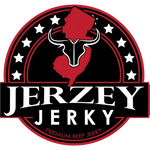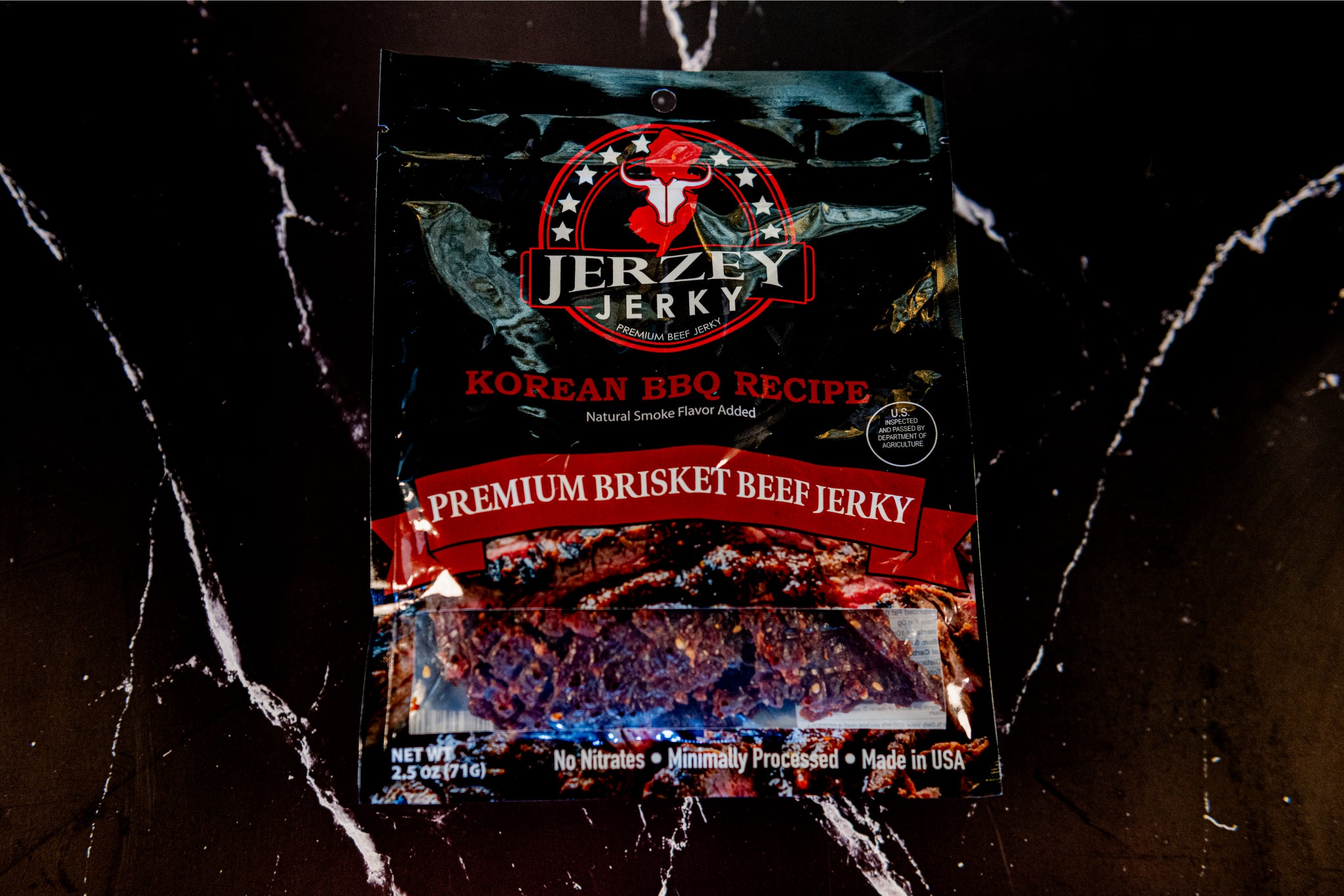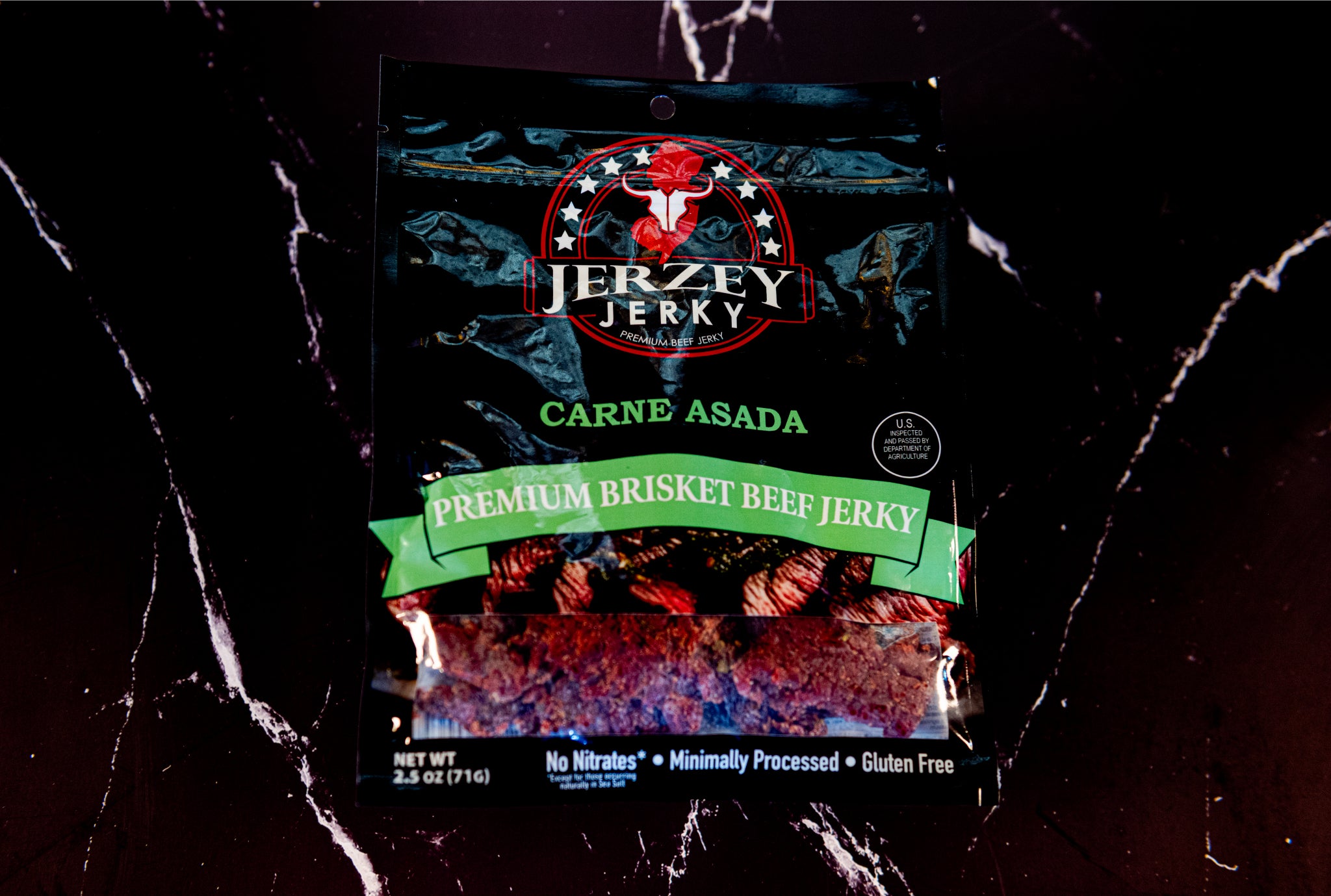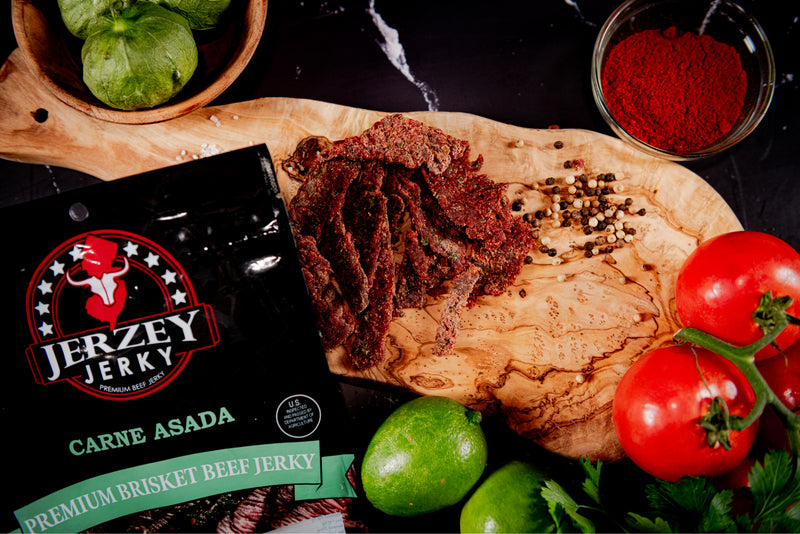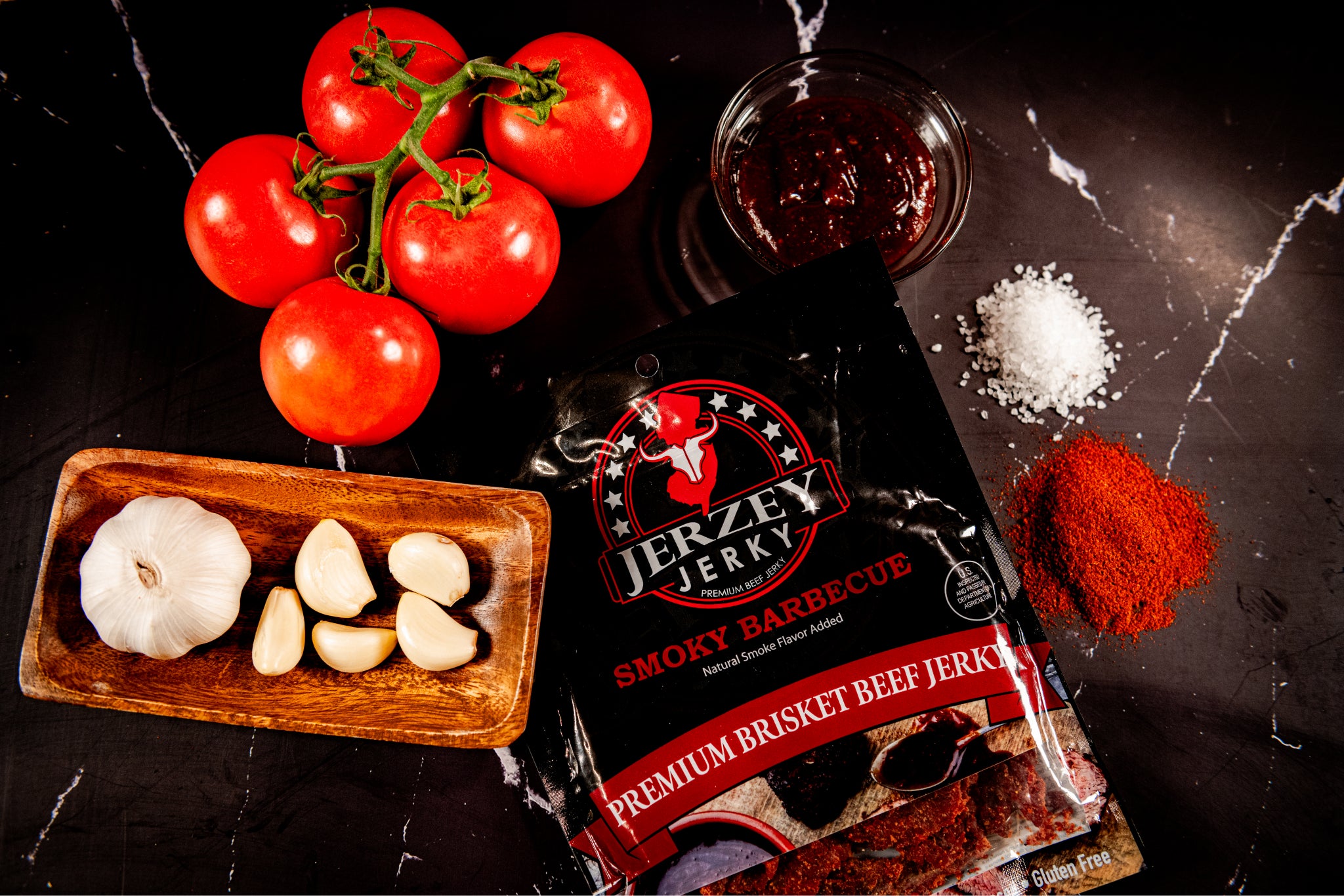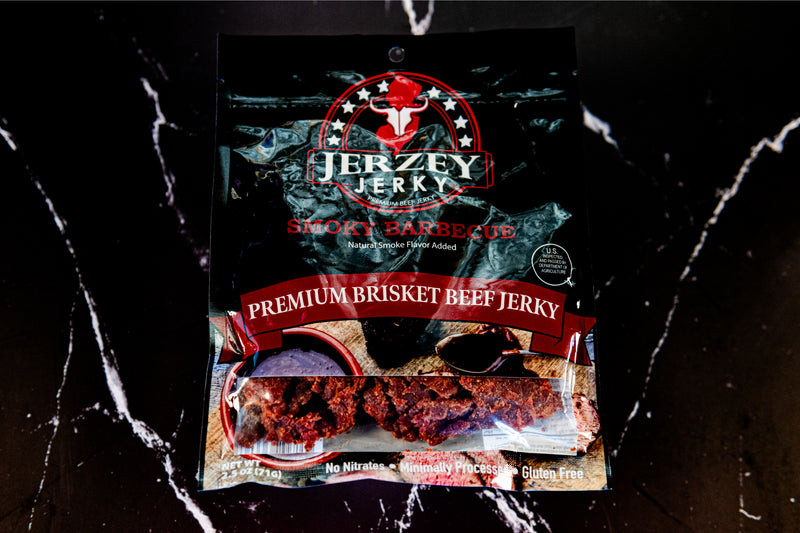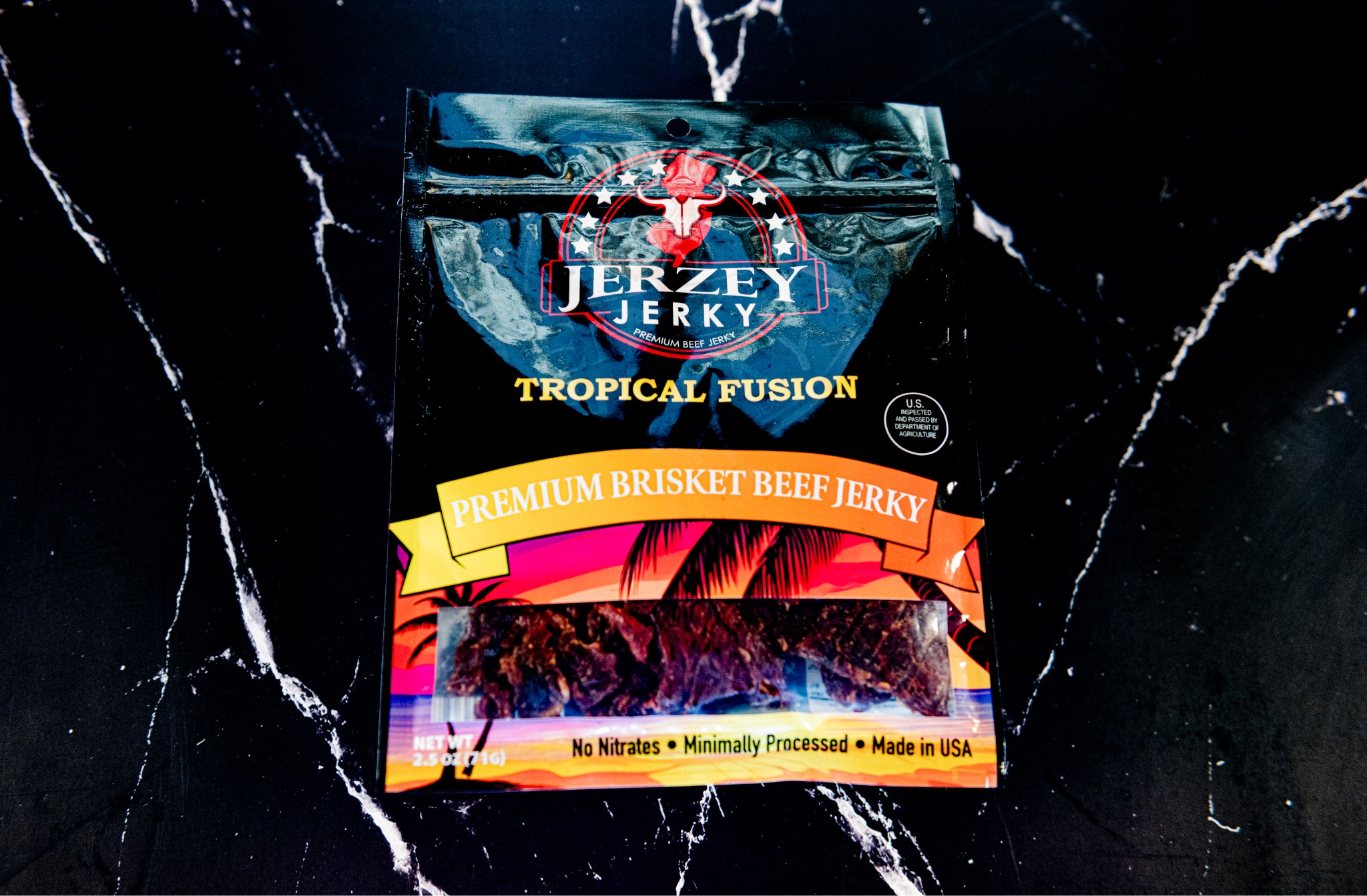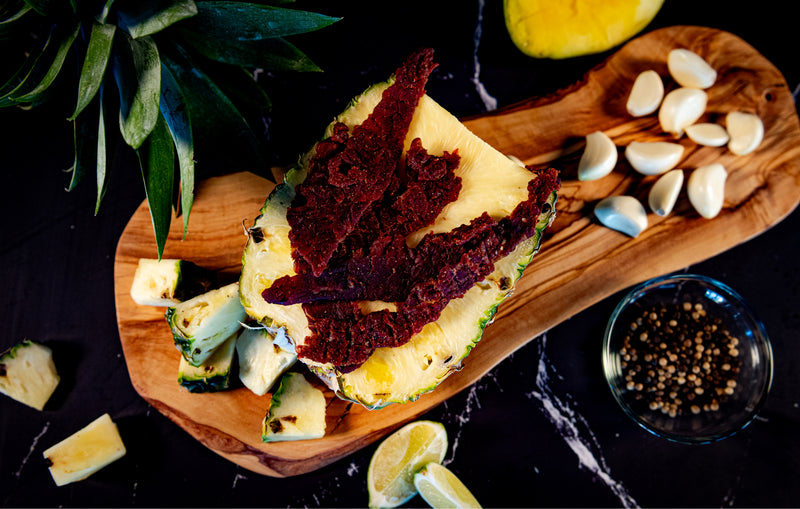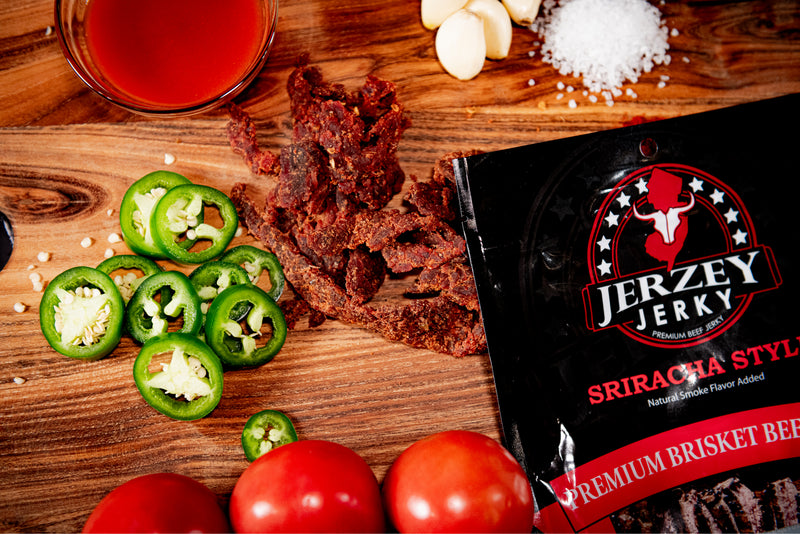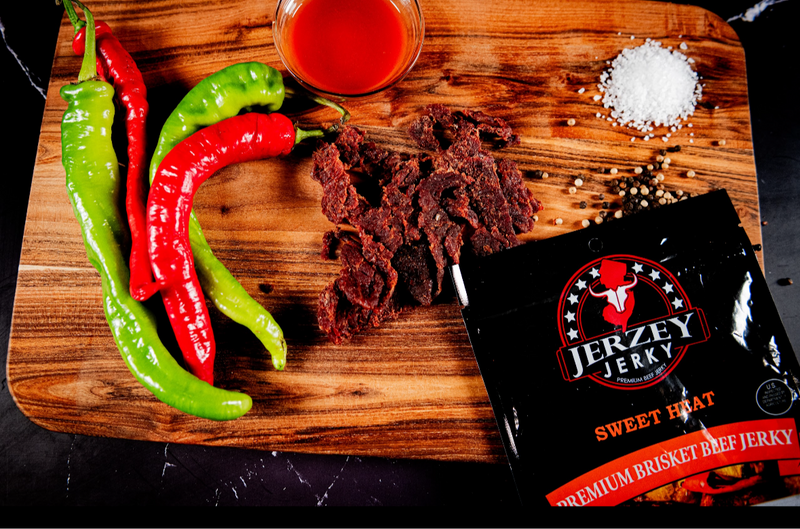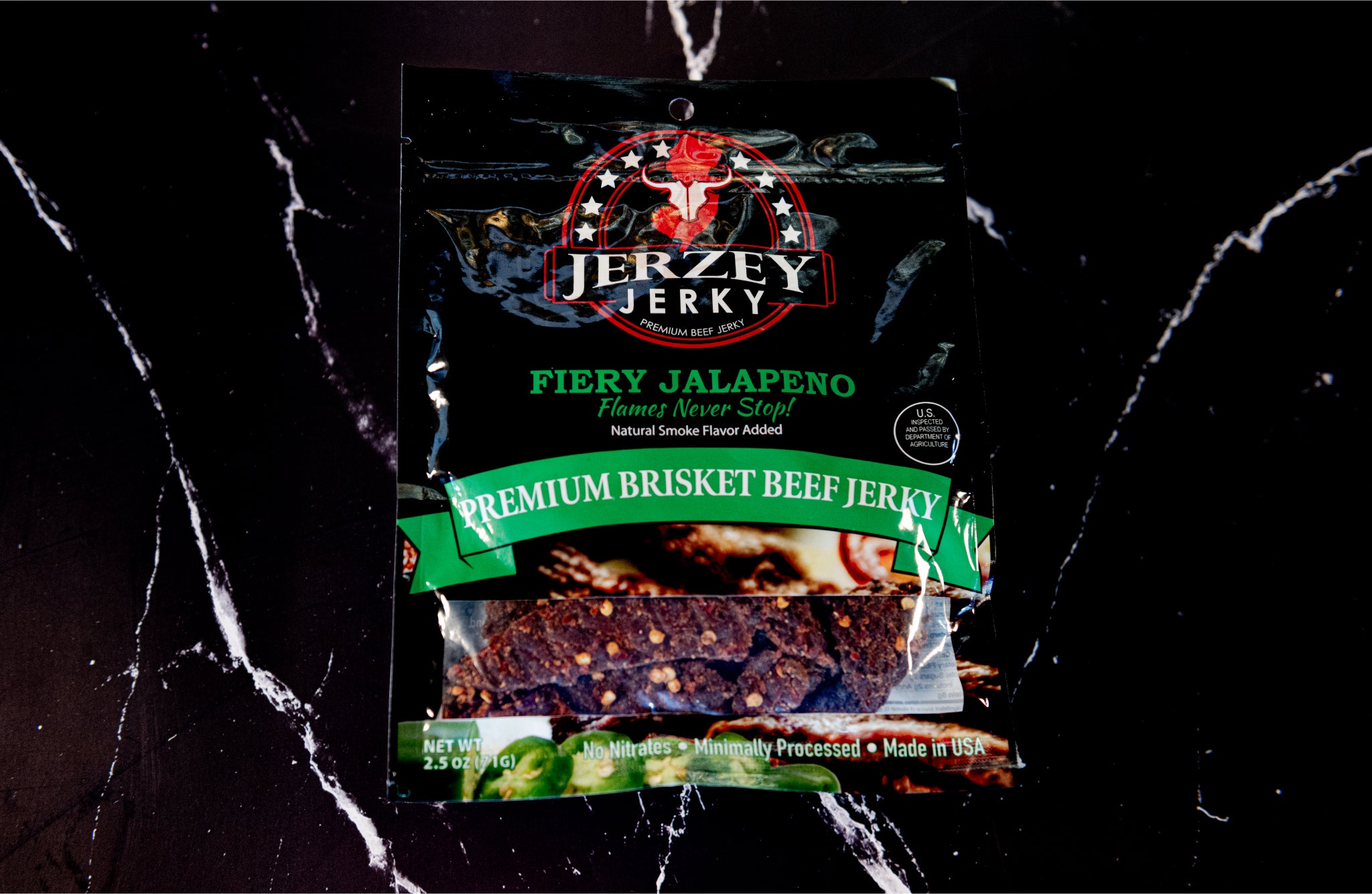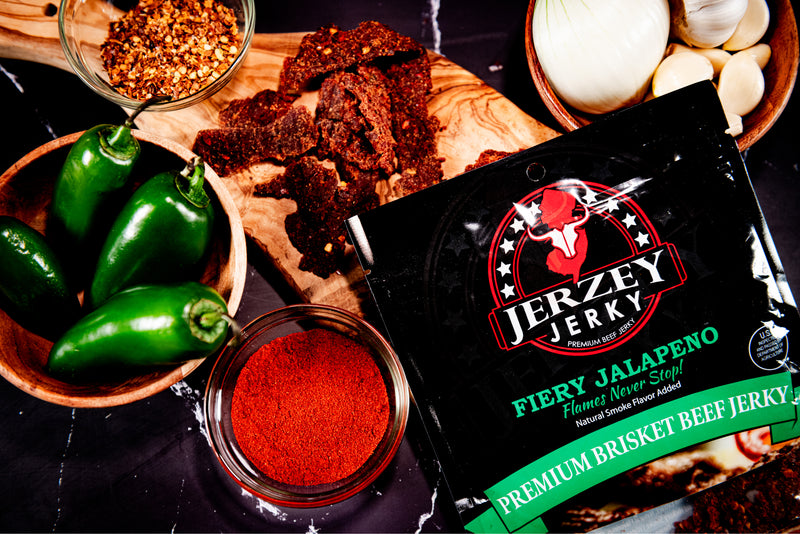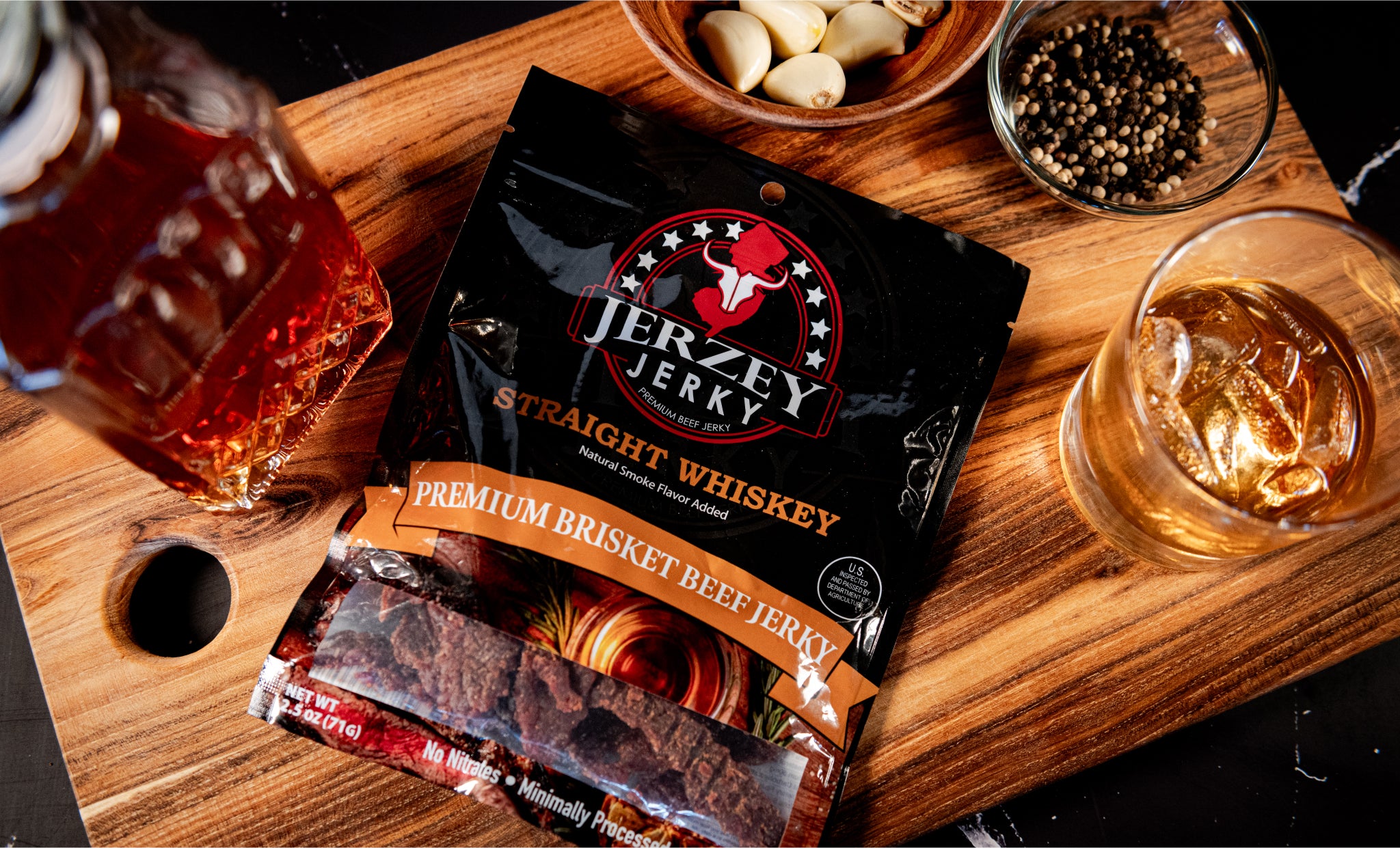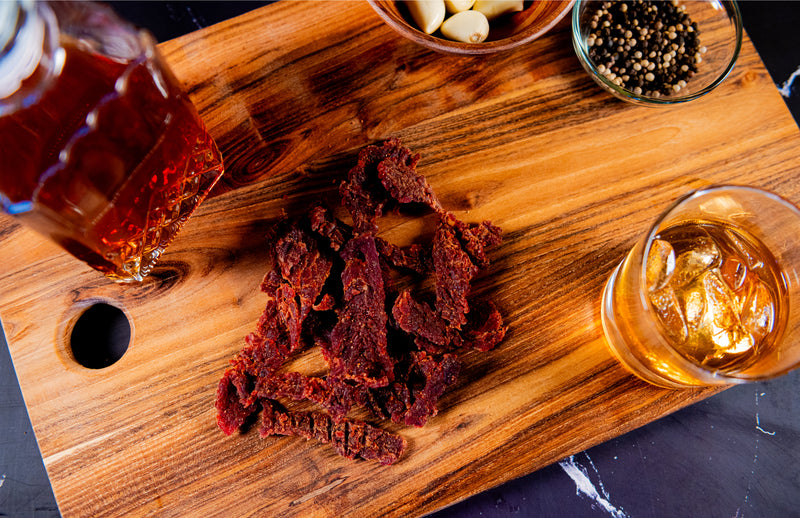
How to Make Beef Jerky in a Smoker
Outdoor smoked beef jerky has a better taste and texture compared to oven-dried beef jerky. According to the Texas Tech University Meat Science Lab (2023), smoked jerky contains 38 percent more flavoring compounds, which intensify its flavor and aroma.
The smokers permit the selection of wood. Jerkyholic justifies hickory, cherry, mesquite, and apple wood as the 4 most utilized woods. Both contribute different flavor profiles from which flexibility in taste and finish is obtained.
According to Fogo Charcoal, 62 percent of the jerky producers are using smokers to ensure batch consistency. One session makes at least 2 pounds. Smoking dries the wood material 25 percent quicker and adds actual wood smoke. It aids in efficiency, accuracy in taste and outdoor cooking as a craft.

What Do You Need to Make Beef Jerky in the Smoker?
Here are the essentials you need to make beef jerky in the smoker:
- Beef Selection: Select a lean ground meat such as upper, lower, and inner round steak sections or flank steak. Cut off all external fat to avoid rotting. Fat has adverse effects on drying and taste. Lean cuts are evenly dry and absorb marinade easily, making them better textured.
- Marinade Ingredients: Other basic flavors are soy sauce, garlic and onion powder, Worcestershire sauce, and black pepper. Refrigerate the beef with marinade for 6 to 24 hours. This time aids in making the meat acquire the flavors deep into the meat so that it comes out in balance.
- Optional Additions: Makes the smoked flavor deeper, which is particularly useful when you are smoking with a gentle wood. Brown sugar provides a mild sweetness as an offset to savory and smoky tones. All these are used to add complexity of flavor without compromising the drying or safety of the Jerky.
- Essential Equipment: Heat and smoke are produced through smokers, electric, pellet, or charcoal. Jerky trays or wire racks encourage the movement of air so that everything is evenly dried. The temperature is controlled using a meat thermometer to achieve safety. Take a cutting knife or a meat slicer to strip evenly. Marinate salted meat according to the requirements in bags or sealed containers.
Shop the best-selling Carne Asada Beef Jerky - Brisket & Straight Whiskey Beef Jerky - Brisket !
How to Prepare the Meat for Smoker Beef Jerky?
Here are the ways to prepare meat for smoker beef jerky:
- Select the Proper Cut: Pick lean beef cuts to avoid spoilage. Fat makes jerky rancid and decreases its shelf life. Dry lean meat and get an even drying with a better texture. Top round and eye of round are suitable cuts since they are very lean and firm, making an excellent jerky.
- Cut the Meat: Prepare the beef in strips 1/8 inch to 1/4 inch in thickness. Thinner slices take shorter periods to reach the dry state though they run the risk of getting brittle. The slices are thicker and cook longer but remain chewy. Even jerking and closely uniform texture is achieved by uniform thickness.
How to Marinate the Smoker Beef Jerky
Here are the ways to marinate the smoked beef jerky:
- Mix the Marinade: Mix soy sauce, Worcestershire sauce, garlic powder, onion powder, black pepper and optional liquid smoke or brown sugar. Combine well in a bowl or zip-lock to make the mouth-watering ground that marinate the beef strips in the marinade.
- Put in the Beef: Slide chunks of beef into the marinade completely so as to coat them uniformly. A sealed container or a ziplock bag keeps the marinade evenly coated on the meat surface. The right covering ensures the flavors spread across every piece uniformly.
- Refrigerate: Put the marinated beef in the fridge and leave it there for 6 to 24 hrs. This marinating time increases the absorption of flavor and softens the meat. Sustaining a consistent low temperature inhibits bacterial development leaving safe and tasty jerky that is now ready to be smoked.
How to Prep the Smoker for Beef Jerky
Here are the four steps to prepare the smoker for beef jerky:
- Preheat the Smoker: Preheat the smoker to 160°F to 180°F (71 C to 82 C). This temperature prevents over-drying since the meat is allowed to dry slowly and retain its moisture though not cooked. Consistency in heat maintains texture and inhibits the growth of bacteria in the smoking process.
- Use the Proper Wood: Use wood pieces like hickory, oak, apple or mesquite. These woods add delicious, thick, smoky tastes, which complement the jerky. Choosing the correct wood flavour impacts its ending flavour, with a sweet, earthy, or strong balance, depending on desire.
- Ready the Racks: Grease smoker racks or place parchment paper in smoker racks. This avoids the sticking of jerky strips during drying. The good preparation aids easy removal and avoids tearing of the meat so that the texture and appearance of the jerky are not distorted after smoking.
- Prepare the Jerky: Lay the beef strips in a sequence layer ensuring that they do not overlap. The arrangement makes its smoke and heat evenly exposed. When dried properly, each side gets evenly dried without any pockets of uneven texture or under-smoked areas.
How Long Should You Smoke the Beef Jerky?
Smoke beef jerky for 4 to 6 hours. The duration depends on the thickness of the meat slices and the humidity in the environment. Thicker strips need longer smoking to dry thoroughly and avoid spoilage.
Flip the jerky halfway through smoking. Flipping exposes both sides evenly to heat and smoke, ensuring consistent drying and flavor. Uneven exposure causes some pieces to stay moist, risking bacterial growth or poor texture.
Monitor temperature and smoke levels throughout the process. Keep the smoker between 160°F and 180°F (71°C–82°C) for safe drying. Consistent smoke helps develop the jerky’s flavor while drying it evenly, preserving texture and safety.
How to Know When Beef Jerky Is Prepared
Here are the procedures to know when beef jerky is prepared:
- Bend Test: Jerky bends and cracks but does not break. This means something is dry and pliable. Jerky that is too dry breaks apart, and jerky that is too moist is soft or mushy. The bend test assists in the examination of texture when the smoking procedure is about to end.
- Texture: Jerky is chewy and dry having no moisture on the surface. Jerky that is either moist or sticky indicates unfinished drying with the risk of spoilage. Texture is appropriate because it is not too firm or chewy so it is easy to consume and to preserve without any presence of mold or bacteria.
- Temperature Check: According to the USDA, jerky is to be dried to an internal temperature of 160°F. This temperature destroys dangerous bacteria and makes food safe. A meat thermometer is used to check the inside temperature to avoid undercooked jerky that poses a risk of contamination.
What Are the Cooling and Storage Tips for Smoked Beef Jerky?
Allow the room temperature to cool completely then store. Housing containers in a cooling environment avoids condensation, which causes mould growth. A jerky texture and shelf life are also maintained due to proper cooling, which ensures that less moisture is built up.
Keep jerky in air-tight containers or vacuum-packed so that they are fresh. Sealing allows the elimination of air and moisture, the two factors that diminish quality. Vacuum sealing adds shelf life to the product: oxidation and bacterial contamination are reduced throughout the storage process.
At room temperatures, beef jerky has a shelf life of 1 to 2 weeks, 1 to 2 months stored in the refrigerator, and even more when kept in a freezer. Mark dates and flavours on packages, so that it is easy to find. The habit assists in gauging freshness and avoiding cases of eating spoiled jerky by mistake.
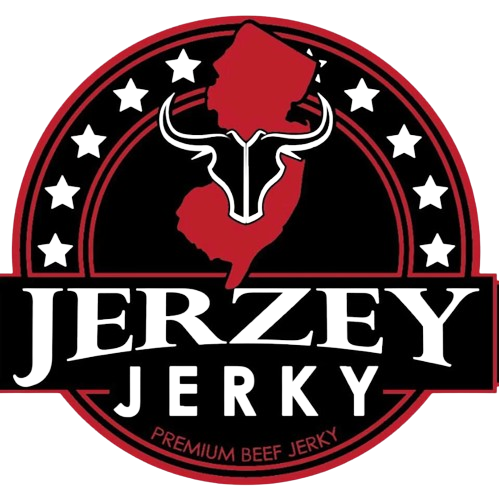
 2025-07-23
2025-07-23
 Wayne Holland
Wayne Holland

